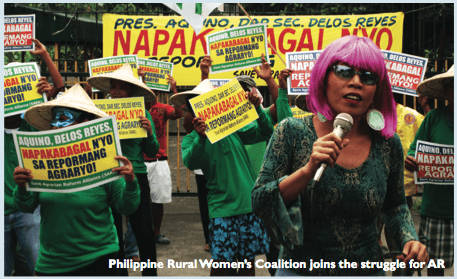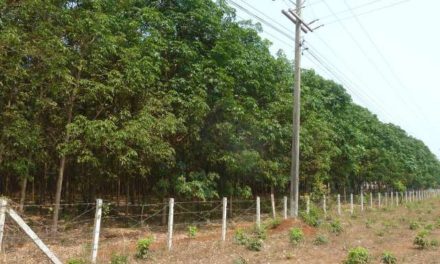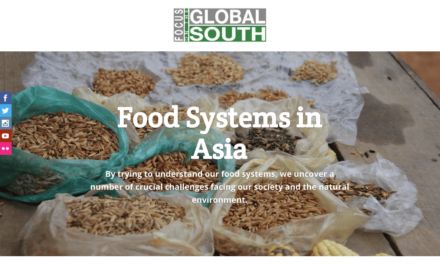By Mary Ann Manahan
A critical issue for many land rights activists and rural social movements are women’s access to and control of land. Women have their own struggles within the struggle for land access and control: fighting both the patriarchal state and its agencies and against patriarchy within their own organizations. The reality is, however, many struggles of this nature are often led by women. But while they stand at the frontlines i, women still do not enjoy equal land rights after change has been achieved and people’s or community ownership is established. These issues have not been adequately acknowledged within peasant movements and are evidence of continuing gender prejudice, making a case for separate organizing for rural women.
Rural women’s movements have put forward these strategies for their struggles:
- organize women from the grassroots level, to empower women and make them realize their potential (capacity-building);
- raise the issue of empowering women among men (public education and information);
- develop mechanisms within peoples organizations that will denounce violation of women’s human rights and recognize that women’s rights are fundamental human rights;
- go beyond the struggle for natural resources: link the struggle against patriarchy, class, etc. with the struggle for access to natural resources.;
- build alliances: include other sectors in the struggle in order not to isolate women’s issue and go beyond local and national borders, if necessary.
Over the past decade, rural women’s land-related struggles have demonstrated the fundamentally gendered character of rural land issues, and the injustice that persists as a result of patriarchal regimes of resource governance and property allocation. There is now growing recognition of the central role of women in agricultural production and land reform.
But there are still issues that need careful attention and serious discussion and action.
- The space of peasant women and women activist in the peasant movement/land rights movement – how to widen and deepen this. The participation of peasant women and women activists in the decision-making, direction-setting and shaping of alternatives within the peasant movement/land rights movement, e.g. organization involvement, representation, etc. should be expanded and deepened.
- Women’s agenda in the land rights movement/struggle – autonomous or integrated. Is there a need for an autonomous women’s agenda within the land rights movement; if there is, is this women’s agenda being articulated and how? What constitutes the women’s agenda? Are they already integrated in the broader peasant/land rights movement?
- Women’s land rights struggle and the broader women’s movement– in or out. How is the women’s land rights struggle accommodated, integrated, carried by the broader, mainstream women’s movement. What are the issues and challenges involved in mainstreaming women’s land struggles within broader women’s movements?
- Women organizing within the land rights and peasant movement and within the broader land and natural resources movement. What are the different strategies that have been used in women organizing within the land rights and peasant movement; what have been their strengths and weaknesses? Likewise, what is the women’s agenda in land and natural resources movements. What are the similarities/differences in women’s organizations?How do women respond to crisis even within the most progressive movements?
- Women’s leadership roles. What are the circumstances n which women are able or not to take on leadership roles? What kinds of structural, institutional and cultural-building are needed to nurture women’s leaderships; what are the constraints and possibilities?










